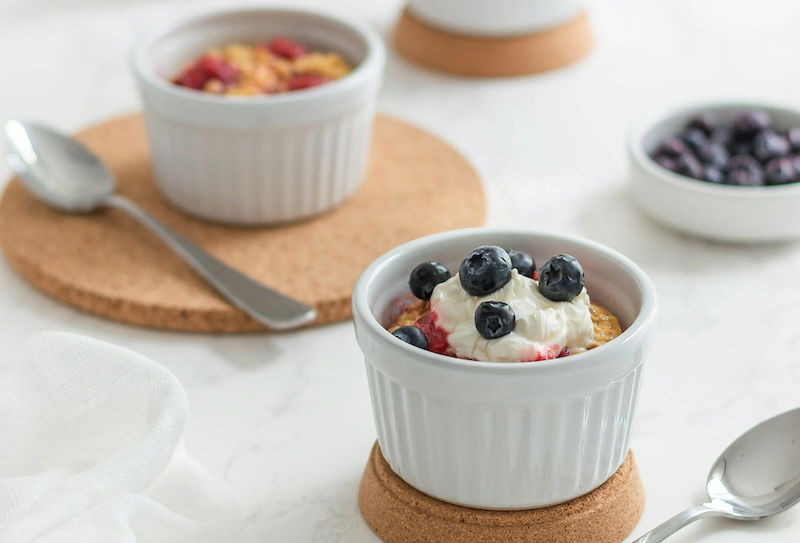The killer whale Tahlequah—scientifically referred to as J35—has given birth to a new calf, rekindling hope for the endangered Southern Resident killer whale population. Tahlequah became a global symbol of maternal grief in 2018 when she carried her deceased calf’s body for 17 days and across 1,000 miles of ocean. Now, she has been spotted with a newborn, identified as J61, in Puget Sound, a waterway in the Pacific Northwest.
Observations of Tahlequah’s New Calf
The new calf was first sighted on December 20 by researchers and confirmed as J35’s offspring on December 25 by the Center for Whale Research. Photographer and wildlife enthusiast Michael Weiss, also the Center’s research director, shared their observations. In Weiss’s words, “My first reaction to seeing the calf was complete shock. I was just looking through my photos to see who the whales were that passed close to the port side of the ferry I was on, and noticed a much smaller dorsal on one of the photos.”
Weiss continued, “As I scrolled through the series, I realized it was a very tiny calf, much smaller than any of the known young ones in the group. Based on the size and color of the calf, I realized it was a new calf and traveling with J35.”


Early Life for J61: A Delicate Balance
While the birth of J61 has brought joy to the research community, concerns remain over the calf’s health and survival in its first weeks of life. The Orca Conservancy, a marine advocacy organization, noted concerning behavior in the calf, including lethargy and being pushed by its mother. “The calf had also been observed being pushed around on J35’s head and was not looking lively, which is a concern,” the group stated in a post on X (formerly Twitter). “All of this serves as a reminder that in order for new calves, salmon stocks need to be recovered to levels that will help support population growth.”
The precarious state of salmon stocks in the region directly threatens the future of the Southern Resident killer whales. The whales rely on Chinook salmon, particularly, as their primary food source. Declines in salmon populations due to overfishing, habitat destruction, and climate change have created significant challenges for these majestic marine mammals.
The Southern Residents: A Struggling Population
The Southern Resident killer whale population is one of the most critically endangered groups of marine mammals in the world. They are listed as endangered in both Canada and the United States. Historically, this population grew to 98 individuals in the 1990s but has since declined to just 73 whales, as of 2023.
Tahlequah herself has been a beacon of hope within her pod, known as the J pod, which ranges between Washington State and British Columbia. Her previous calf, J57, was born in 2020 and has been thriving, proving Tahlequah’s resilience and skill as a mother.
A Symbol of Resilience and Urgent Conservation Needs
Tahlequah’s journey from grief to renewal embodies both the fragility and the resilience of wildlife. “Every single birth counts,” stated the Center for Whale Research. “These whales need enough fish to be able to support themselves and their calves.” Without restoring healthy salmon populations, even joyous moments like J61’s birth could become rare.
The story of Tahlequah and her calf J61 serves as a poignant reminder of the deep emotional bonds within the animal kingdom and the urgent need for conservation efforts. As researchers monitor J61’s progress, they are calling for action to protect the ecosystems that sustain these iconic whales.
By spotlighting Tahlequah’s journey, this event underscores the critical intersections between wildlife conservation, marine ecosystems, and human responsibility.
Got a reaction? Share your thoughts in the comments
Enjoyed this article? Subscribe to our free newsletter for engaging stories, exclusive content, and the latest news.









Leave a Comment